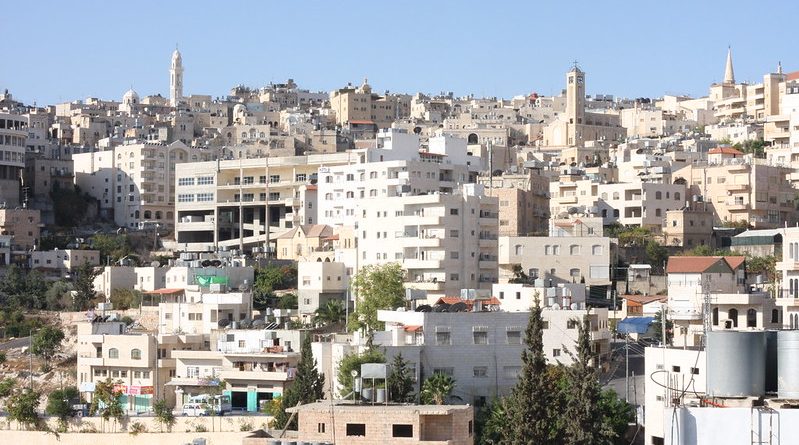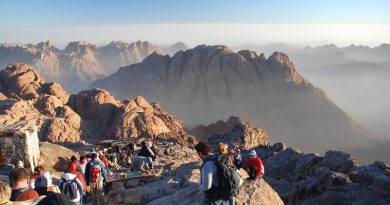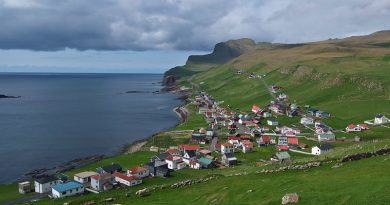Top 5 sites in Jordan
Here is our pick of the Top 5 sites to visit in Jordan.
-
Petra
The Nabataeans were nomadic Arab traders who settled in Petra in the 2nd century BC . The site was at a crossroads of the incense trade routes and it became a major regional trading hub.
The Nabataeans were accustomed to living in the barren deserts. They were particularly skillful in harvesting rainwater, agriculture and stone carving. Petra flourished in the 1st century AD, when its part of its structure – believed to be the mausoleum of Nabataean king Aretas IV – was constructed, and its population peaked at an estimated 20,000 inhabitants.
Although the Nabataean kingdom became a client state of the Roman Empire in the first century BC, it was only in 106 AD that it lost its independence. Petra fell to the Romans, and it’s importance declined as sea trade routes emerged. By the the early Islamic era in the 7th century it was abandoned except for a handful of nomads. It remained unknown to the western world until 1812, until Swiss traveller Johann Ludwig Burckhard re discovered it
Access to the city is through a 1.2-kilometre-long gorge called the Siq, which leads directly to the centre of the site . Famous for its rock-cut architecture and water conduit system, Petra is also called the “Rose City” because of the colour of the stone from which it is carved.It has been a UNESCO World Heritage Site since 1985 and is Jordan’s most-visited tourist attraction.
-
Jerash
Known as the Pompei of the Middle East Jerash is home to one of the best preserved Greco-Roman cities in the region . It one of the most visited sites in Jordan.
Ancient Greek inscriptions from the city support that it was founded by Alexander the Great , who allegedly settled aged Macedonian soldiers here in the 4th century BC .
In the second half of the 1st century AD, the city achieved great prosperity. In AD 106, the Emperor Trajan constructed roads throughout the province, and more trade came to Jerash. The Emperor Hadrian visited in AD 129–130. The triumphal arch , the Arch of Hadrian, was built to celebrate his visit.
-
Wadi Rum
Wadi Rum, known also as the Valley of the Moon ,is a valley cut into the sandstone and granite rock in southern Jordan.
The wadi is largest dry valley ravine in Jordan and has been inhabited by many human cultures since prehistoric times, with many cultures–including the Nabataeans–leaving their mark in the form of petroglyphs, inscriptions, and temple ruins.
In the West, Wadi Rum may be best known for its connection with British officer T. E. Lawrence, who passed through several times during the Arab Revolt of 1917–18.
The rock formations ,originally known as The Mountain of the Plague, was named “The Seven Pillars of Wisdom,” after Lawrence’s book penned in the aftermath of the war.
Lawrence described his entrance into the Valley of Rumm:
“The hills on the right grew taller and sharper, a fair counterpart of the other side which straightened itself to one massive rampart of redness. They drew together until only two miles divided them: and then, towering gradually till their parallel parapets must have been a thousand feet above us, ran forward in an avenue for miles. The crags were capped in nests of domes, less hotly red than the body of the hill; rather grey and shallow. They gave the finishing semblance of Byzantine architecture to this irresistible place”
-
The Roman Theatre
of Amman This 6,000-seat, 2nd-century Roman theatre is a famous landmark in the Jordanian capital. Built into the hillside, it was oriented north to keep the sun off the spectators.
Spectators were intentionally separated by status, gender and nationality; the Romans had major control over the social hierarchy.
There are three tiers to the theatre .The rulers, of course, sat closest to the action, the military secured the middle section, and the general public were in the top rows.
Thee highest section of seats in the theatre, were known in as “the gods“. Even though far from the stage, they still offered excellent sightlines,. The actors could be clearly heard, owing to the steepness of the cavea.
-
The Dead Sea, is a salt lake bordered by Jordan to the east and the West Bank and Israel to the west.
The lake’s surface is more than. 430 metres below sea level, making its shores the lowest land-based elevation on Earth. It is one of the world’s saltiest bodies of water – nearly ten times as salty as the ocean .This salinity makes for a harsh environment in which plants and animals cannot flourish, hence its name.
The Dead Sea has attracted visitors from around the Mediterranean for thousands of years. It was one of the world’s first health resorts , havjng been visited by Herod the Great and it has been the supplier of a wide variety of products, from asphalt for Egyptian mummification to potash for fertilisers. Today, tourists visit the sea from Israeli , the West Bank and Jordan.




